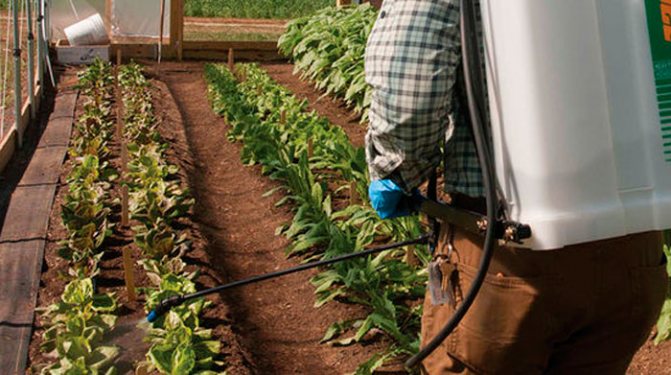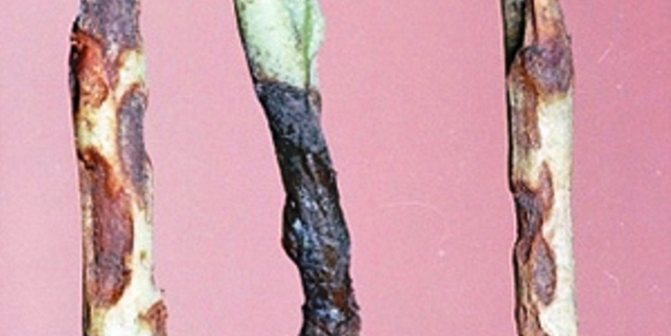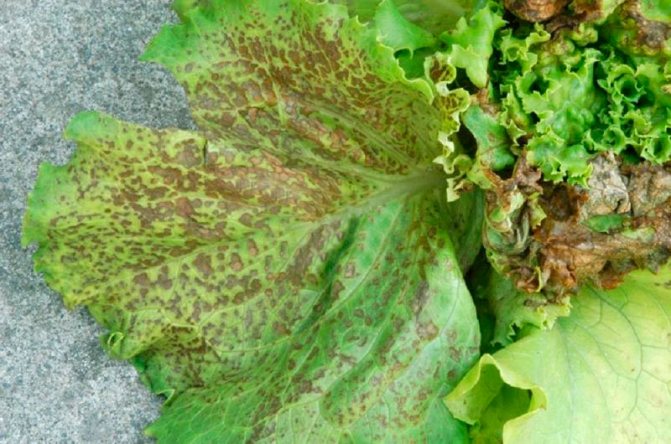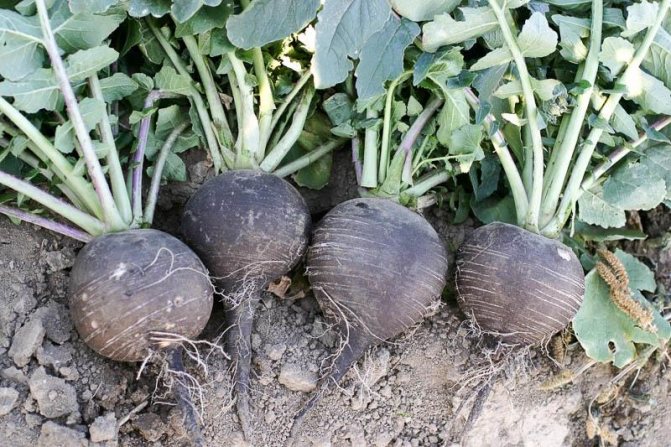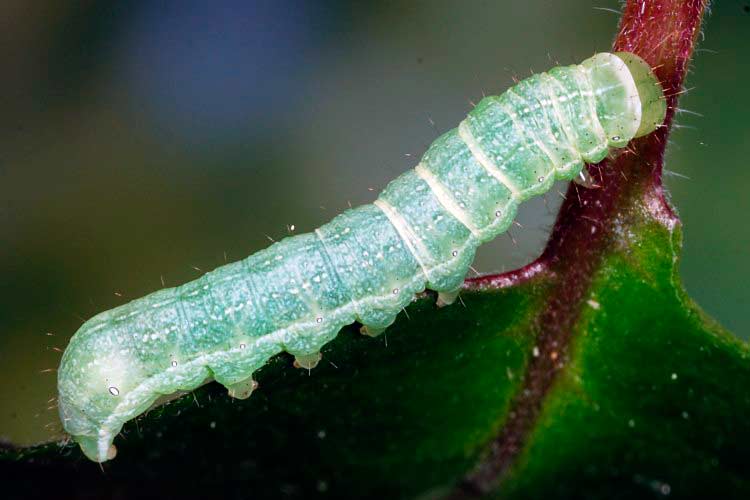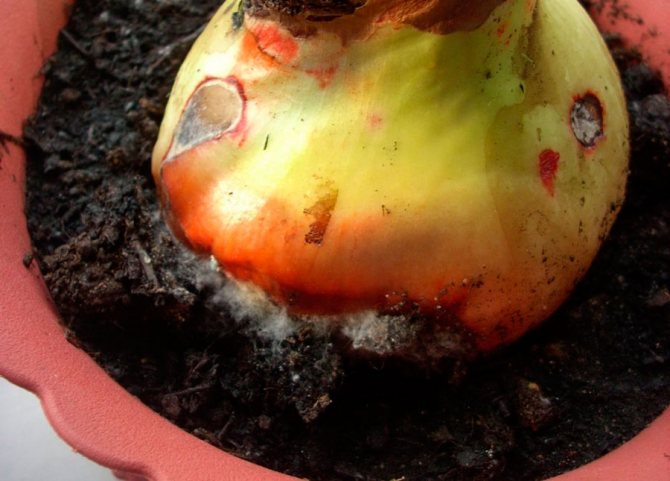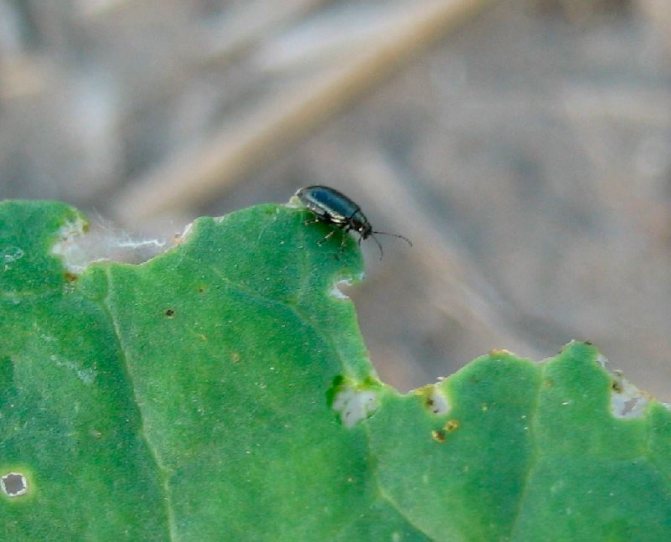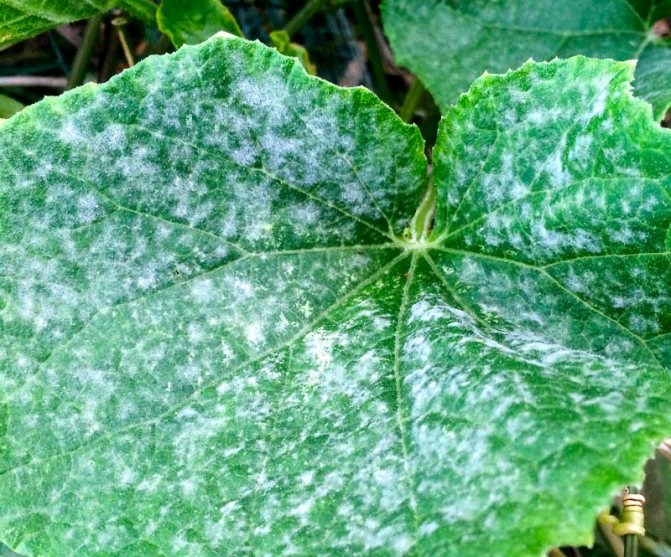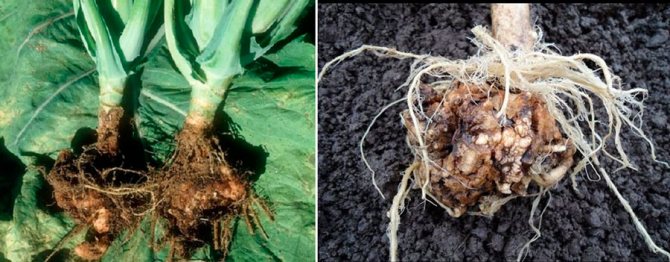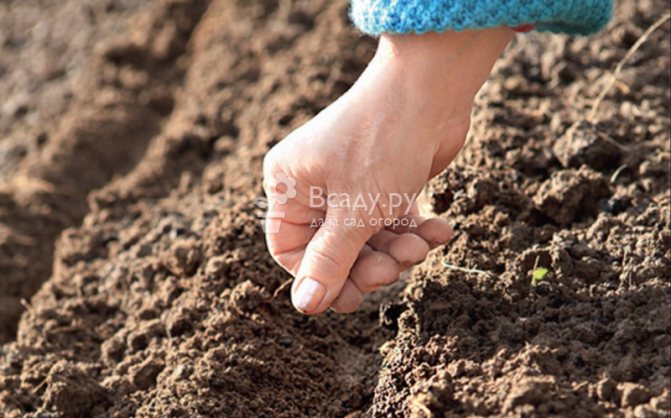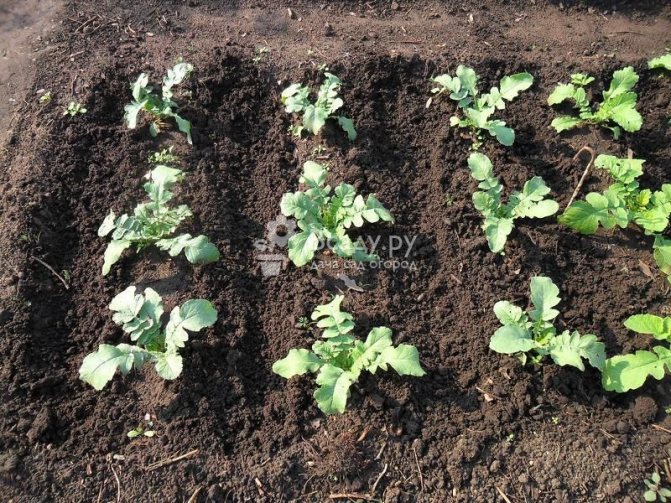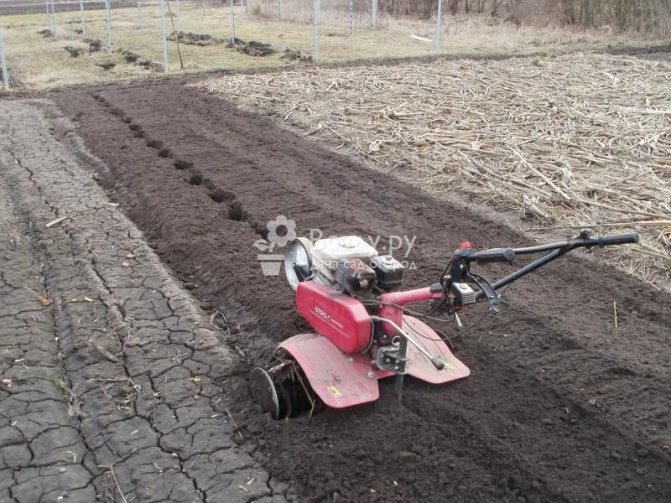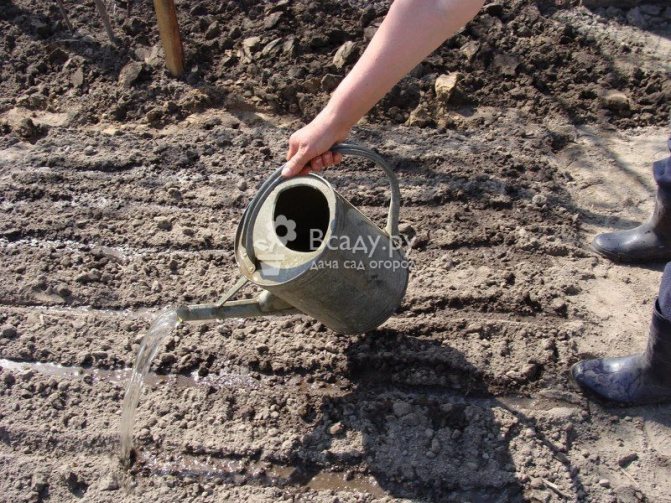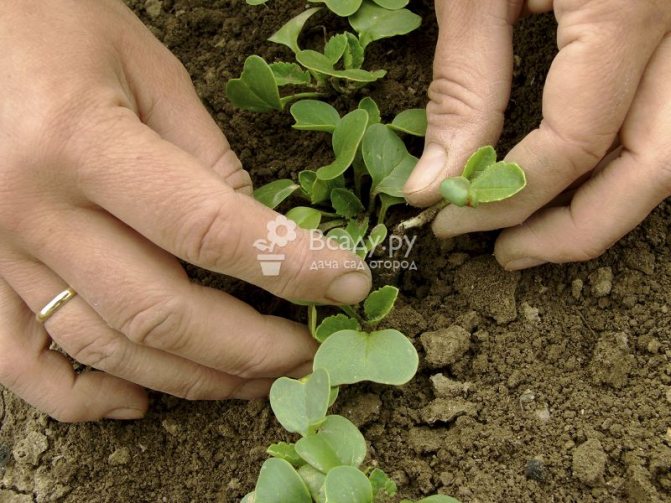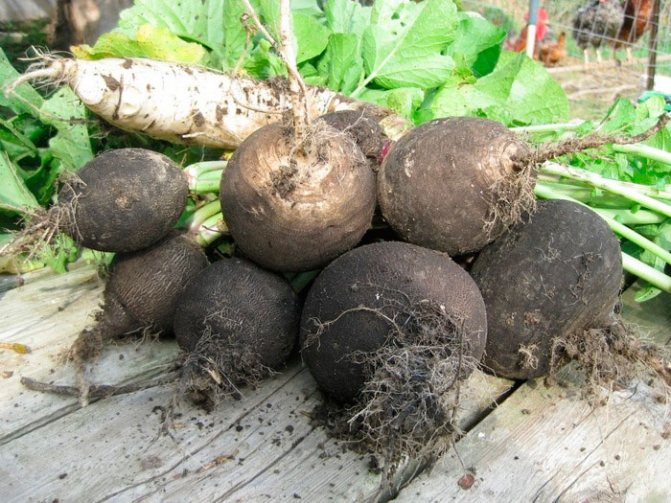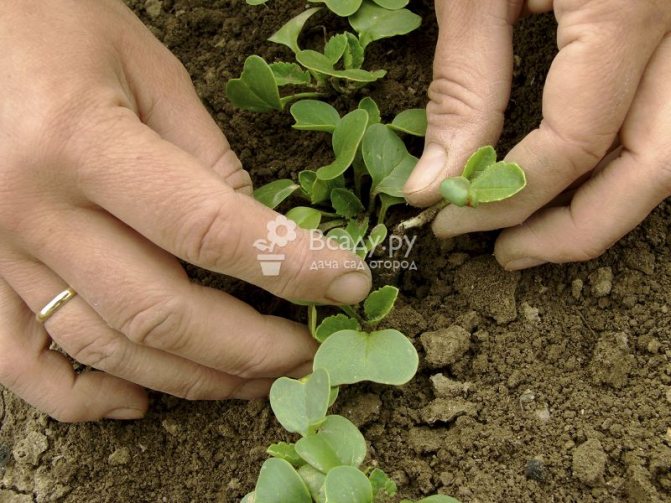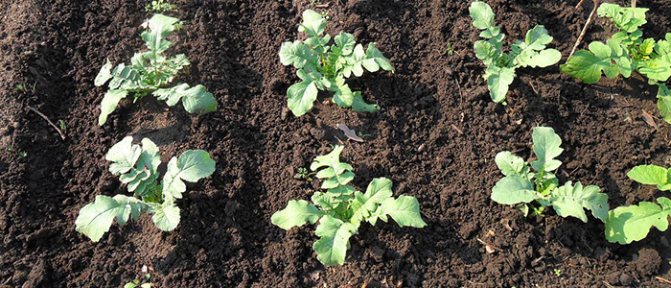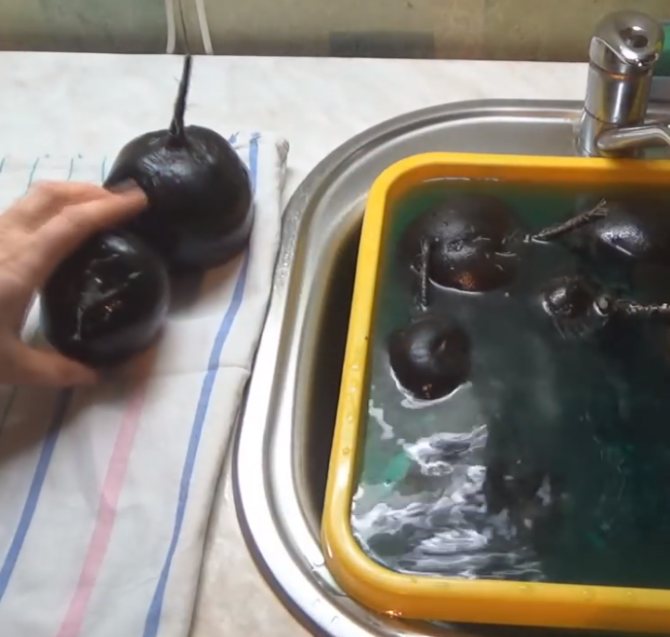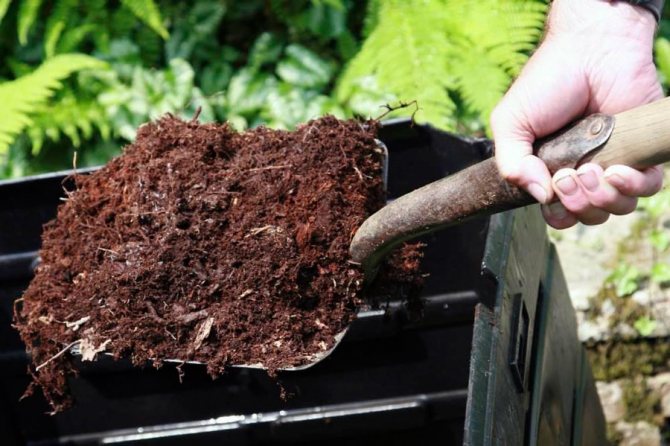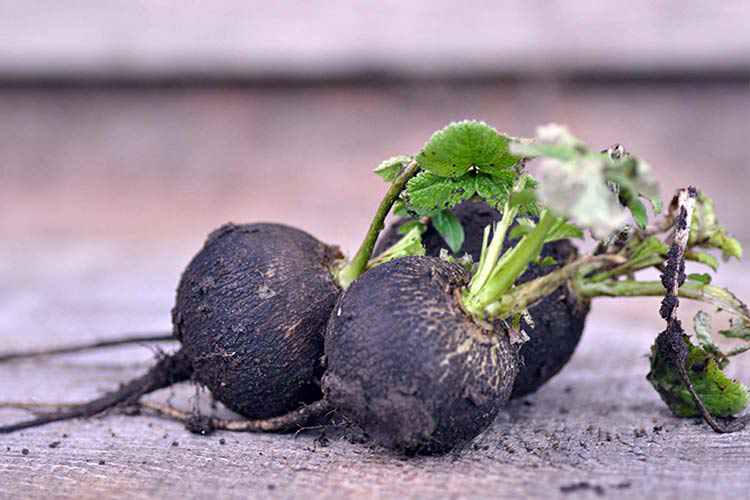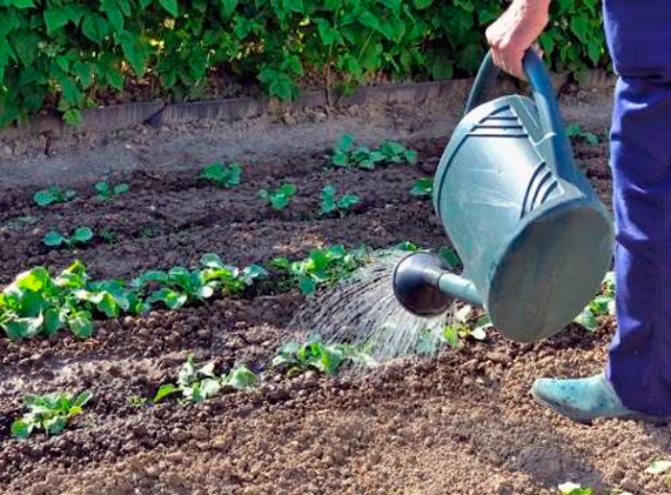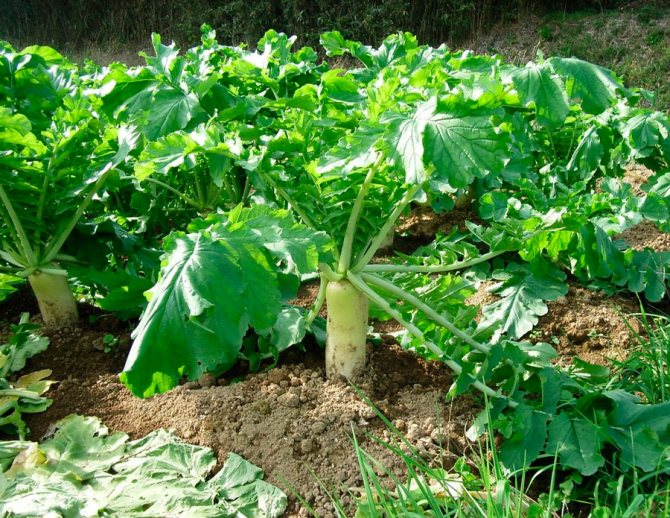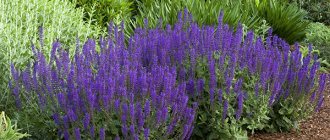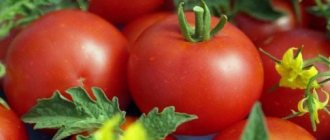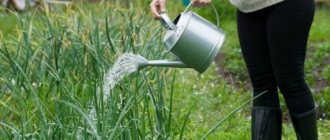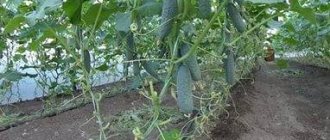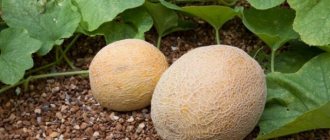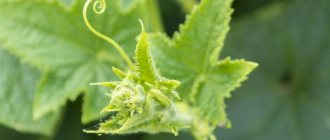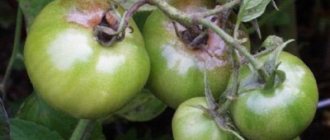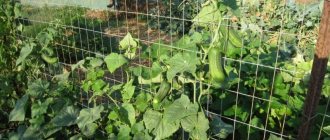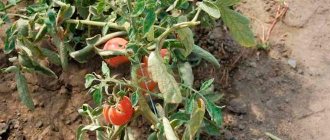Radish is an incredibly healthy vegetable that is extremely unpretentious to grow. Biennial plant, cruciferous family. At the initial stage of life, a root crop is formed, which can be of different colors on the outside: from white-yellow to black-purple. It is noteworthy that the pulp is always white and has a tangy taste. It has many beneficial properties, which makes it a very valuable vegetable that increases appetite, speeds up metabolism, and aids digestion in general.
Sowing features
- It is necessary to take into account the temperature regime when sowing seeds. Subzero temperatures cause the plant to shoot.
- Soaked seeds should be sown to achieve 100% germination. Seeds should be pre-treated with potassium permanganate solution to protect against pests.
- Planting can be carried out either as single seeds or in nests of 3-5 pieces.
- It is necessary to follow the rules of crop rotation.
- Keep the soil moist when planting.
- The beds are covered overnight with a protective dark material.
Compatibility with other cultures
It is recommended to plant black radish after:
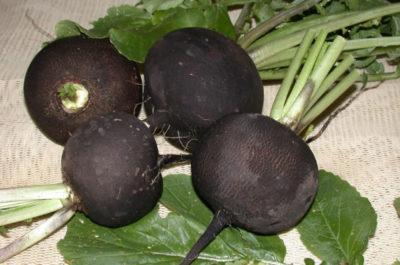
potatoes;- garlic;
- Luke;
- pepper;
- melons;
- legumes;
- nightshades.
Black radish should not be planted after cruciferous crops because they have common pests and diseases. You can re-plant the black radish in the same place after 3-4 years..
Recommended neighboring crops for black radish:
- onion;
- potatoes;
- tomatoes.
Joint cultivation leads to mutual repelling of pests and slugs.
Varieties
According to the terms of technical maturity, black radish varieties are divided into 4 types:
- Early small-fruited, ripening period up to 40-50 days - "Maiskaya". Sowing is done in March.
- Early ripening, growth period up to 50-60 days:
- "Ladushka";
"Sultan".
- Mid-season, growth up to 75-80 days:
- "Black winter";
"Black round";
- "Chernavka".
- Late-ripening varieties, growing season up to 4 months:
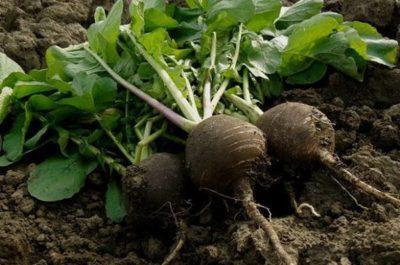

"Gaivoronskaya";
"Squirting black";
- "Black Woman";
- "Healer".
Sowing at the end of April.
Sowing in mid-June or early July.
Sowing is done in mid-July.
When choosing a variety, the characteristics of the region are taken into account.... In a territory with a cold climate, early varieties should be preferred, which will have time to rise and ripen before the onset of cold weather. In central Russia and in areas with a warm climate, any variety is chosen depending on when it is planned to harvest.
Where can I buy seeds?
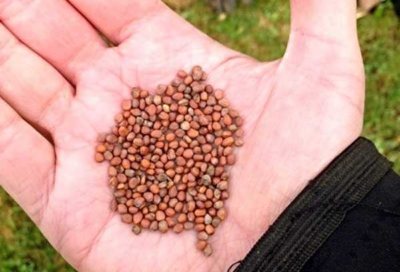

After you have chosen the varieties suitable for planting, you should buy seeds. But where to choose high-quality and inexpensive? To get started, carefully study the prices before purchasing seeds. The same varieties can cost differently depending on the region and the store where you buy them.
The price also largely depends on:
- the number of seeds in a pack;
- manufacturer;
- plant varieties.
It is most profitable to buy seeds in bulk over the Internet. This will save you a lot of money. For example, in Moscow and St. Petersburg prices range from 1050 rubles. up to 1900 p. for 1 kg. seeds.
The average cost for 1 g is 100-200 rubles.
Where is it better to sow in open ground and in a greenhouse?
To plant black radish in open ground, for example, in the country, you should choose an open sunny space, since the plant is photophilous. The beds are covered overnight with a dark protective material to avoid shooting. When planting black radish in greenhouse conditions, you can choose any place in the greenhouse, with a lack of light, use fluorescent lamps... You do not need to close the beds at night.
We talked about the time of sowing parsley here.
Did you know that black radish is a very healthy root vegetable? On our site there are materials about the composition, properties, benefits and harms, including the beneficial properties of juice, as well as the use of black radish with honey in the treatment of cough and flu.
Radish plant - description
The root of the radish is thickened, but sometimes, like the olive variety, it is thin. The color of the root, which forms in the first year of growth, can be white, pink, red, green, purple or black, but the flesh of the root is invariably white. The leaves are lyre-shaped, pinnately-divided, sometimes whole, with a large upper lobe and 2-6 pairs of lateral lobes. The flowers are pink, purple or white, the pod fruits are swollen, wide, naked or covered with stiff bristles.
A radish is grown for consumption during a period of vitamin deficiency: it stimulates appetite, improves digestion, and speeds up metabolic processes. Radish is widely used in folk medicine.
How to plant correctly: step by step instructions
Timing
When and how to plant black radish depends on the daytime temperature, which should be around + 2-3 degrees.
- Early small-fruited varieties are planted in mid-March.
- Early ripening - in late April or early May.
- Mid-season - in mid-June.
- Late ripening - in the middle of July.
Soil preparation
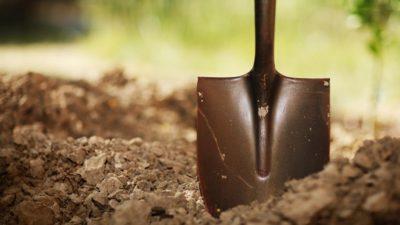

The soil must be well drained and warmilluminated for most of the day. Loamy and sandy loam soil is allowed, as they retain the necessary moisture well. The medium is slightly acidic or slightly alkaline, neutral is optimal. Sour soil must be calcified at the rate of 200 grams of lime per 1 square meter.
They dig up the earth, apply mineral fertilizers based on potassium, superphosphate, urea. Lean soil is additionally fertilized with humus, compost, ash. It is not recommended to use manure for black radish, as it may affect the taste of the fruit.
Preparation of inventory and seeds
The necessary equipment for planting seeds is a mini-rake, a manual seeder. Manual planting is allowed.
- Seeds of black radish are calibrated before planting - they are poured with a concentrated salt solution at the rate of 1 tablespoon per 200 ml of water.
- Floating seeds are removed.
- The settled seeds are dried and sieved through a sieve for sizing: seeds not sifted through a sieve must be removed.
- After calibration, the seeds are soaked in wet gauze to obtain maximum germination.
- The day before sowing, the seeds are soaked in a solution of potassium permanganate (1: 6000), which has disinfecting properties.
Seat selection
- Landing in open ground: choose well-lit beds, taking into account the rules of crop rotation, away from cruciferous crops.
- Planting in a greenhouse: in any greenhouse bed that will be well lit most of the day or has fluorescent lamps. Adjacent plants are taken into account.
Scheme and technology
Recommended landing patterns:
- Planting in a greenhouse - pits are preliminarily prepared, staggered. 1 seed is sown in one hole.
- In a bed 0.8-1.0 m wide... make 4 rows at a distance of 20-25 cm with furrows up to 1.5-2 cm deep. Seeds are sown one at a time. The distance between furrows is at least 15 cm for late varieties, at least 8 cm for early varieties. This method is recommended for open field sowing.
- Nest landing - 3-5 seeds per hole. The distance between the holes is up to 15 cm. This method is recommended for open ground.
Landing technology:
- on a loosened and leveled bed, seeds are sown according to the above schemes, after moistening the ground;
- sprinkle the seeds with earth;
- lightly tamp;
- watered with water;
- after sowing, sprinkle the beds with wood ash.
Seedlings appear in a week.
Grooming activities
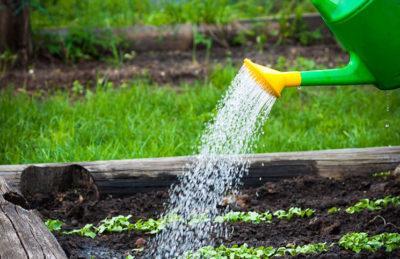

Watering... Watering is carried out in the morning or evening as the upper layers of the soil dry. When seedlings appear, the beds are watered every other day. When the plants reach a height of more than 10 cm, watering is done: the early varieties are watered 1-2 times a week, the later ones 1-2 times a month.
Drying of the soil is not allowed, otherwise the fruits will be bitter and rough. Watering rate: 10 liters of water per 1 square meter. Drip irrigation is allowed.- Loosening the soil... It is carried out to avoid the appearance of crusts on the garden bed after each watering. It will also prevent the appearance of weeds.
- Fertilizer... Top dressing is introduced up to 3 times during the growth period. When cotyledon leaves appear, the first feeding with nitrogen-containing complexes is carried out to stimulate growth. Fertilizers are re-introduced in a week. The third feeding is carried out a month later with potassium, phosphorus fertilizers (superphosphate, urea).
A month before the expected harvest, feeding is stopped. Of organic fertilizers, compost, humus, herbal infusions, and wood ash are preferred. - Mulching and hilling... Mulching of the beds is carried out with peat or small rotted sawdust immediately upon emergence of seedlings, which will preserve the microclimate of the bed, moisture and soil trace elements. Hilling is carried out twice after thinning.
- Thinning... When shoots appear, the weakest shoots are immediately removed. The second thinning is carried out when the seedlings have 3-4 true leaves. Thin the bed to a distance of 5 cm between shoots. The third thinning is carried out in a month, leaving up to 15 cm between roots.
Things to Consider When Growing Radish - Care Tips
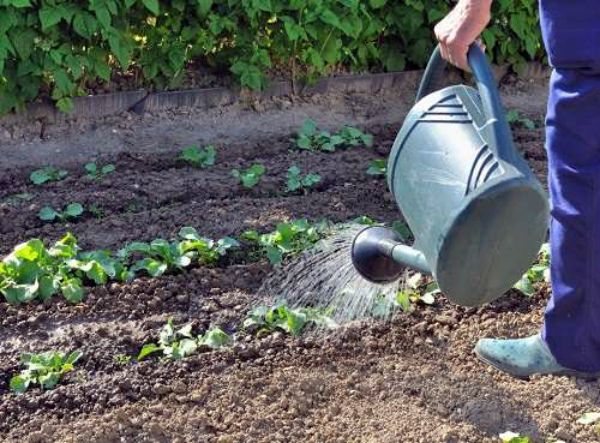

After planting the radish, the soil should never dry out.
To avoid common mistakes, to get tasty, juicy roots with dense pulp, you need to follow some rules:
- thickening must not be allowed, thin out in the phase of 2-3 leaves, then after 15-20 days;
- watering should be frequent, the soil should not dry out in any case;
- there is never enough ash for a radish - she loves ash, it can be applied before planting, at the stage of 3-4 leaves, and during the appearance of cruciferous flea beetles, it can be scattered over the entire surface of the bed, even on the leaves;
- fertilization with boron, magnesium, table salt will have a good effect on the quality of the fruits - they will increase the sugar content, improve the growth of plants.
Radish is a unique and useful product that must be included in the diet of a healthy diet. A good harvest from the garden will help protect you from colds and other diseases throughout the winter. Cultivation is possible in almost all regions, even beyond the Urals, the main thing is to correctly sow and follow the rules of care.
Pest control
The following pests are observed in black radish:
- cruciferous fleas;
- carrot flies;
- putrefactive fungi;
- slugs;
- cabbage leaf beetle;
- rape flower beetle;
- powdery mildew.
Control measures
Seedling treatment:
- the drug "Confidor";
- soapy water;
- infusion of celandine;
- wood ash solution;
- tobacco dust;
- a weak solution of vinegar;
- preparations "Intravir", "Fitoverm", "Lipotsid".
Beneficial features
Due to the fact that there are many useful substances in black radish, it has the following healing qualities:
- destroys pathogenic microflora in the intestines;
- effectively treats constipation;
- juice is used to prevent atherosclerosis;
- resists the growth of tumor tissues;
- juice mixed with honey promotes expectoration in case of respiratory tract disease;
- has a diuretic effect.
In addition to internal use, black radish is used externally: in the form of a poultice, it helps to heal wounds, in the form of compresses, it eliminates blue under the eyes, whitens freckles, and helps smooth out wrinkles.
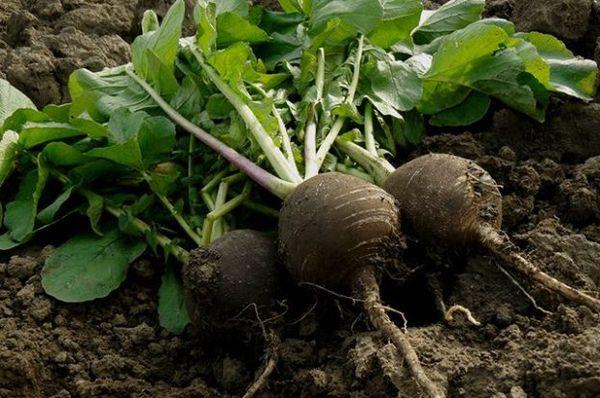

Possible problems and difficulties
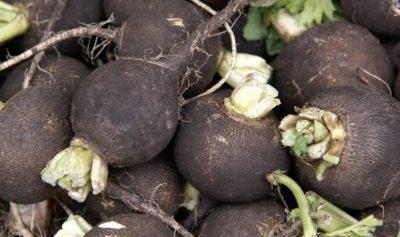

Planting dry seeds.
At the same time, seed germination is significantly reduced. Remedy: keeping the soil moist, covering the beds with protective material.- Planting untreated seeds - leads to pest infestation of seedlings.
When the first signs of the disease appear, the plants are treated with a 1% solution of boric acid, Bordeaux liquid, and copper sulfate. - Small fruits.
Growing a crop requires a little rocking of the root crop, which prevents the development of lateral root shoots, as a result of which the fruit grows large and dense. - Shooting.
Radish tends to form arrows with insufficient care, the main reason is cold. To avoid this, it is necessary to constantly keep the soil moist, cover the beds with foil, and prevent the beds from thickening (regular thinning). - Cracking root crops.
Occurs when irrigation is disturbed, when the soil remains dry for a long time. To avoid cracking, the soil is constantly kept moist. - Premature flowering.
Insufficient thinning contributes to its development, then the ground part of the plant begins to increase. Prevention - correct thinning according to a specially developed scheme.
Black radish is a cold-resistant plant with succulent strong roots, which is grown in the open field and in a greenhouse with minimal maintenance. The unpretentiousness of the plant allows you to get a large harvest that can be stored and used in cooking, animal husbandry and medicine for a whole year.

